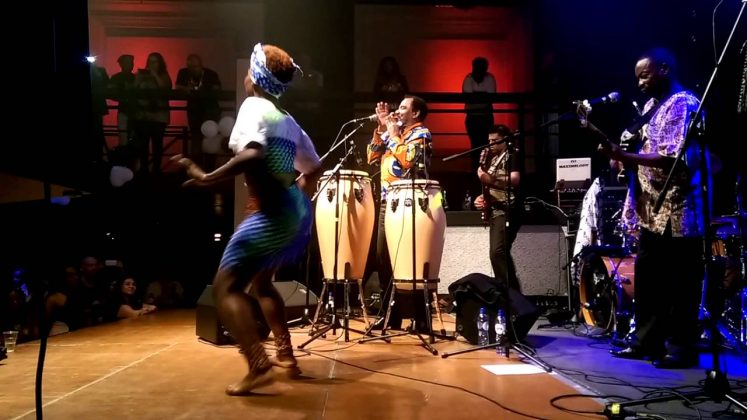Angola-based American music researcher Michael Smith, names Yola Semedo, an award-winning female artist who fuses the semba and kizomba genres, “the Angolan Queen of Soul.” The complexities of the city’s music scene do not end with semba and its successors. Musical producer Precilia Mbemba observes that Angolan hip hop is an important component to Angolan culture, noting that the youth-led protests of 2011 would not have happened if it weren’t for Angolan hip hop music.
Mbemba adds that artist Ikonoclasta has played a leading role in today’s Angolan hip hop music scene and has been exceptional at it. Luaty Beirao, whose stage name is Ikonoclasta, is a hip hop artist and activist who was part of the ‘Angola 15,’ a group of artists who were arrested for their opposition to the current political regime.


A new wave of artists like Toty Sa’Med have taken it upon themselves to preserve Angola’s rich musical history. Sa’Med recently released an extended play recording called Ingombota in which he recreates old semba classics. He says his goal is to recover young people’s pride in old songs and get them to sing and record them, often by sampling and making new versions of these old classics.


With artists like Sa’Med, who recorded his album with producer Kalaf Epalanga, it is certain that Angola’s music is here to stay.
“Angola somehow lost the connection with the old way of making and thinking music, and I hope I start a new movement of preservation and pride of the old Angolan music, because we can’t know ourselves today if we don’t know where we come from,” says Sa’Med.
